|
Advertisement
|
Akropolis
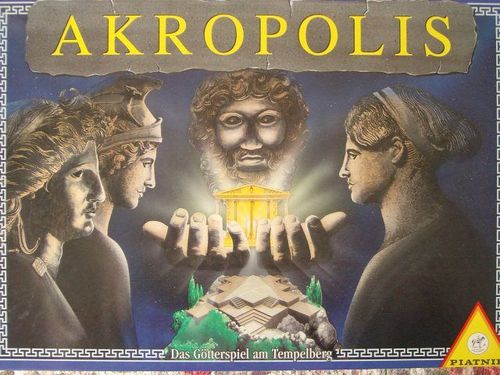
DescriptionThe board shows the temple mountain of the Akropolis and the surrounding buildings. It is covered with a grid network that divides the mountain and some adjacent houses into fields. At the edges there are additional marks for the initial positions of the players. In addition the central mountain fields are provided with numbers between 1 and 3. Each player has several small temple buildings and with the help of Oracle stones (small wood disks) they indicate how far they want to pull their own temples in a round. In the first phase each player decides the number of steps that he wants to move one of his building. Accordingly it takes and puts as many Oracle stones into its right hand, while keeping the remaining Oracle stones covered in the left hand. Every player place a bet on the total amount of Oracle stones that will be played in the current round by all players (it's not permitted to call a number already called by a previous player). After each player called a value, everyone open their right hand, and if someone called the exact value, he will have benefits in the third phase. In the second phase every player moves one of his buildings (horizontally, vertically or diagonally) according to number of Oracle stones played. During the movement one can jump over one or more buildings, but the target field must be however free. If one jumps over an opponent building with the next to last point of movement, he can strike this at the end of its movement, if he wants to. The building is then put again into the supply of the opponent. In the third phase only the player that called exactly the value in the first phase can place one of its temple on a free starting position on the board. If all starting positions are occupied or if the player has already all temples on the board, the action is not taken. Game DiscussionsAdd CommentYou need to be logged in to comment. Insert Bullet List Please enter at least one item. Item: Item: Item: Item: Item: Insert Numeric List Please enter at least one item. Item: Item: Item: Item: Item: Insert Link Please enter the link of the website Optionally you can add display text Insert Email Please enter the email address Optionally add any display text Insert Image Please enter the link of the image Insert YouTube Video Please enter the link of the video MarketplaceNo listings at the moment. Do you own this game? Click here to list it for sale.
|
Best Sellers
Board Games
|
||||
Latest Searches: monoploly | IKI | pinch n pass | Gygghh | scruble | exploding cats | joe santagato speak out | Figuras Marvel legends doctor domm | Land of Nod | project management | Single player campains | fog | Char | Armham | One piece | pathfinder adventure card game skull and shackles base game | royal kismet dice | fourth street football | forbidden forest | race for the galaxy | domino 12 | steam rails to riches | disney trivial pursuit | Carcassonne The Phantom | dungeno command | split | star trek attack wing | Legend of drizzy | soggy doggie | Triolet
All Rights Reserved


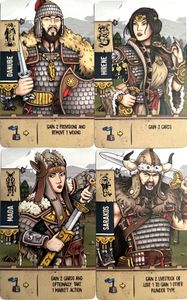
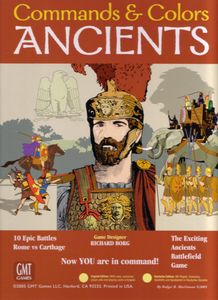
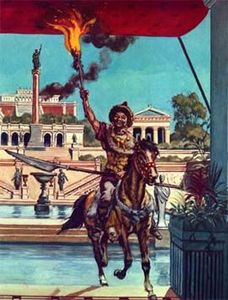
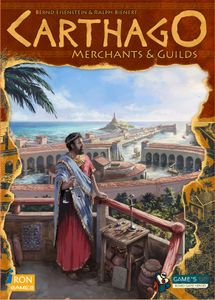
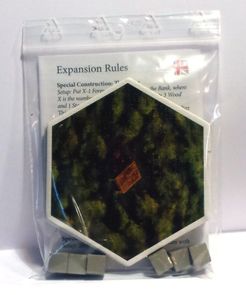


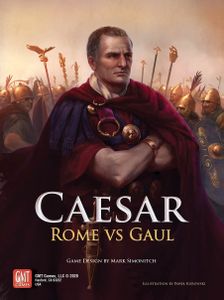
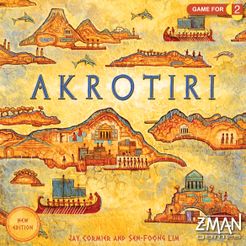
Comments (0)